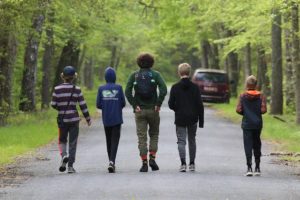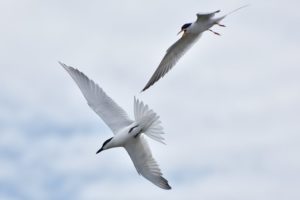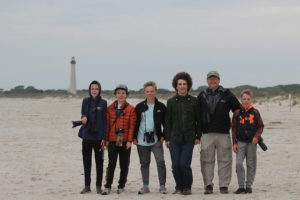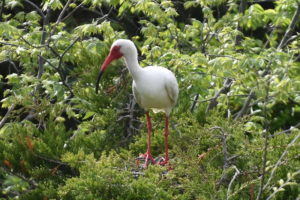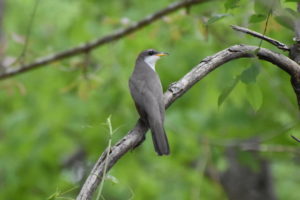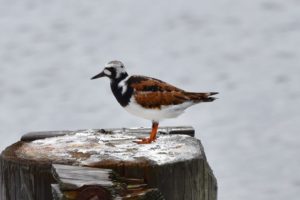NBNC’s World Series of Birding Youth Team – The Results!
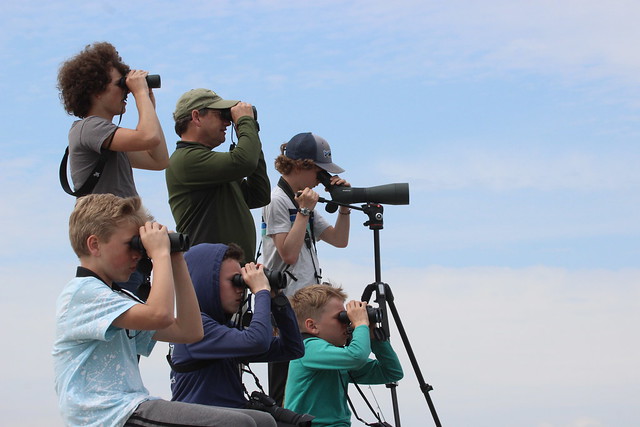
Last weekend marked an anniversary for NBNC: 20 years since we first sent a youth team to the World Series of Birding. This annual event, held each May in New Jersey, draws teams from all over the world. The competition runs from midnight until midnight on Saturday, and the team that identifies the most species wins.
This year the NBNC team had five young birders, ranging in age from 12 to 17, including three who were on our team last year. From our base camp at Belleplain State Forest just north of Cape May, we spent Friday visiting birding spots in southern New Jersey. A busy day of scouting concluded with a trip to a heron rookery to see a rare White Ibis before we settled in for an early bedtime.
We awoke at 2am Saturday morning and quickly hit the road. Just a mile from our campsite we heard an Eastern Screech-owl, followed shortly by a Chuck-will’s-widow: a great start to our day. After picking up a few marsh birds in the early morning hours, we headed back to the forest for the dawn chorus. Here the team found a suite of southern songbirds including Acadian Flycatcher, White-eyed Vireo, and Prothonotary Warbler.
We quickly zipped down to Cape May where we walked the trails at Higbee Beach. From shore our team spotted Purple Sandpiper and Long-tailed Duck, while a passing warbler flock along the meadow provided nice looks at Northern Parula and Cape May Warbler. Perhaps our best bird of the day was first found by it’s call notes, which we had been studying during our drive. An eagle eyed team member spotted the sparrow-like bird with a yellow chest and sturdy gray bill preening in a nearby tree: a Dickcissel! This rarity from the midwestern grasslands was an exciting life bird for most of our group, and the first for NBNC during this event.
In the afternoon we traversed the atlantic coast, adding shorebirds, terns, and herons to our list. For sunset we returned to South Cape May Meadows, where a number of teams had gathered to hear a lone woodcock peenting in the field: they are surprisingly hard to find in southern New Jersey. After dark we headed back to Higbee Beach where a hooting Great Horned Owl was our last species of the day.
While we didn’t win (the winning youth team from Maryland had a whopping 209 species) we ended the day with 134 species, besting our total from last year by 20 and surpassing our average of 128 species. More exciting than any bird sighting on our trip was watching this group of young naturalists hone their skills and find camaraderie in their shared passion for birds. Whether or not they pursue ornithology as a career (I suspect some will), they have come away from the trip with a great appreciation for the birds around us and will long be advocates for their protection.

